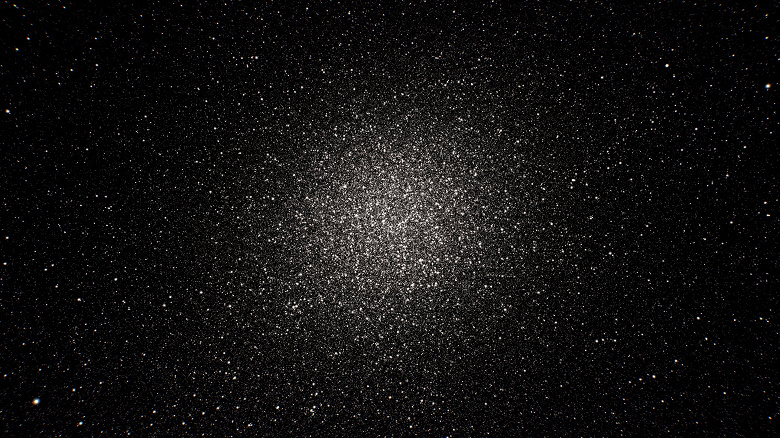A new release of Gaia data has revealed half a million faint stars in the globular cluster Omega Centauri. This discovery helps fill gaps in maps of the galaxy and will allow scientists to study the structure of the cluster.
The European Space Agency (ESA) has unveiled new and improved data about our galaxy and outer space with the release of 5 new pieces of data collected by the Gaia space telescope. Among the mission’s findings, the release identified half a million dim stars in the massive Omega Centauri cluster. The new stars discovered by Gaia inhabit one of the densest regions of the sky.
The Gaia mission’s previous third edition of observations provided information on more than 1.8 billion stars, providing a fairly comprehensive view of the Milky Way and beyond. However, gaps remained in the map of the galaxy. In those areas that are particularly densely “populated” with stars, the usual observing regime reached its limits, which left these areas poorly unexplored – Gaia did not notice dim stars.
Globular clusters are a good example of such regions. These clusters, which are among the oldest objects in the Universe, are of particular interest to scientists who study the history of the cosmos. But their bright, star-filled cores can obscure telescopes. Thus, they remain invisible regions on maps of the Universe.

To fill the gaps in Gaia’s maps, it chose Omega Centauri, the largest globular cluster visible from Earth and a good example of a “typical” cluster. Instead of focusing just on individual stars, in this survey Gaia used a special observing mode, creating 2D images using the Sky Mapper tool.
New Gaia Data Release: Half a Million New Stars in Omega Centauri
“In Omega Centauri, we discovered more than half a million new stars that Gaia had not seen before – and that’s just in one cluster,” says lead author Dr. Katja Weingrill, Gaia project leader at the Leibniz Institute for Astrophysics in Potsdam.
“The new data has allowed us to discover stars that are so close to each other that they cannot be accurately detected using the regular Gaia survey. With the new data, we will be able to study the structure of the cluster, the distribution of its constituent stars and their motion, and create a complete overview of the Omega Centauri cluster. This was using Gaia’s capabilities to their full potential,” adds co-author and member of the Gaia Collaboration, Dr. Alexey Mints.
The discovery exceeds Gaia’s normal capabilities, as the Sky Mapper instrument was originally intended only for calibration. The team used an observing mode designed to ensure the smooth operation of all telescope instruments. And I didn’t plan to use it for scientific research.
Gaia is now exploring eight more areas using this approach, the results of which will be included in Gaia Data Release 4. The data will help astronomers better understand what’s going on inside these cosmic building blocks, helping data scientists pinpoint the age of our galaxy, accurately determine its center, find out how stars change throughout their lives, clarify models of the evolution of galaxies and clarify the age of the Universe.
In addition to the major discovery, the new Gaia release also reveals more than 380 possible gravitational lenses, improves the orbits of more than 150,000 asteroids within the solar system, maps the disk of the Milky Way, and characterizes the dynamics of 10,000 binary stars.




